Sheikha Al Mayassa Al Thani, the woman behind Doha’s bid to become a cultural hub
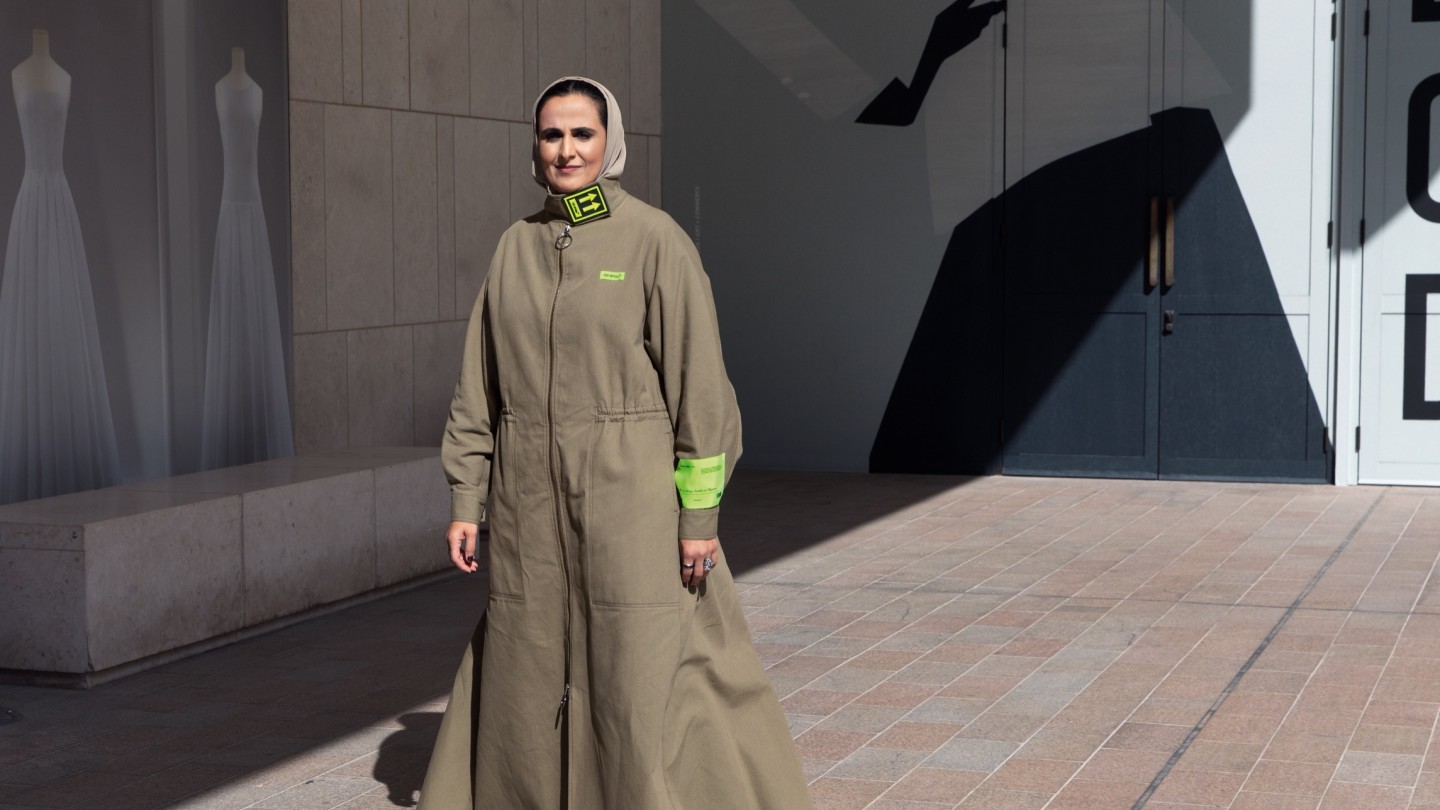
Roula Khalaf, Editor of the FT, selects her favourite stories in this weekly newsletter.
Sheikha Al Mayassa bint Hamad bin Khalifa Al Thani, the 38-year-old sister of the Emir of Qatar, has an official title: chairperson of Qatar Museums. But the more revealing job description is the one on her Instagram account (with 813k followers), where the one-line bio simply reads: “Public Servant 24/7/365.”
Sheikha Al Mayassa was in her early 20s when she was tasked with creating a museum of Islamic art by her father, Hamad bin Khalifa Al Thani, former emir of Qatar and the man who founded Al Jazeera, established Qatar’s estimated $320bn sovereign wealth fund, and leveraged enormous natural gas resources to make it what was until last year the richest country on Earth per capita. The IM Pei-designed building opened in 2008, with around 800 works; a spectacular, if conventional, public institution whose purpose was as much to train a global spotlight on Doha as it was to meet the brief of safeguarding heritage.
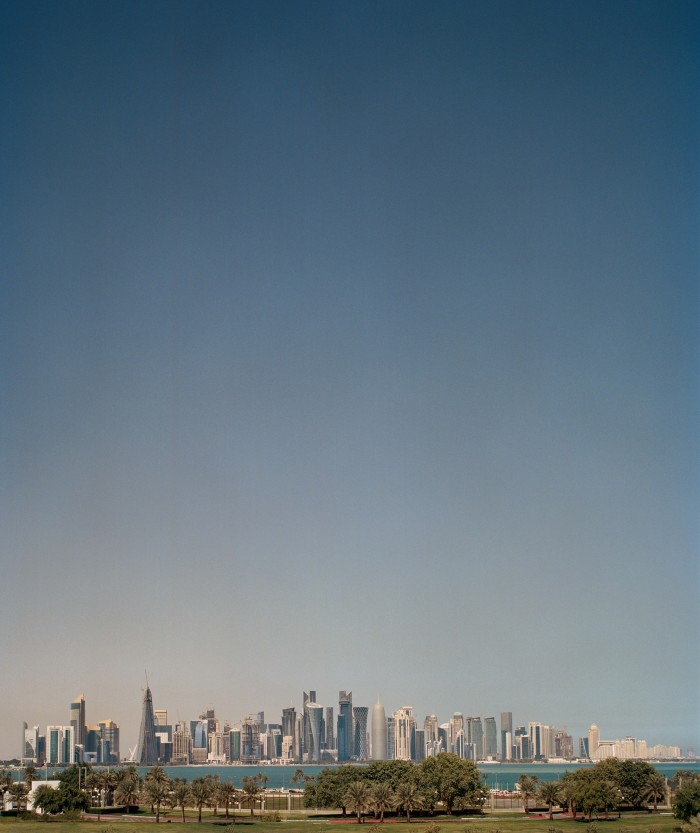
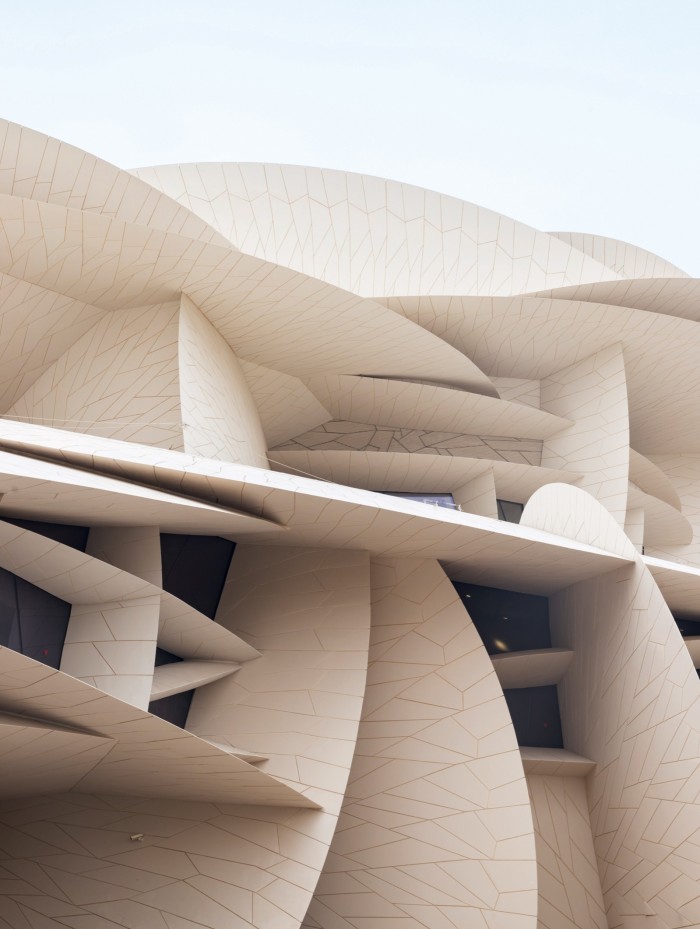
It was the first step of a comprehensive strategy whose mandate, according to the bland state literature, is to “preserve and enlarge the cultural endowment of Qatar”. But 13 years later, her vision has taken a multitude of surprisingly divergent forms, from artists’ residences to heritage sites remade along slow-travel lines. Some of her initiatives have admirably pushed the boundaries of what defines a museum in the 21st century. Others have been more predictable: headline-grabbing public-art purchases (she has reportedly had as much as $1bn a year at her disposal for this purpose) and starchitect-designed monuments. The decisions have sometimes seemed suggestive of the ongoing soft-power arms race here in the Gulf (one exacerbated by the three-year, Saudi-led regional embargo of Qatar that ended in January with a US- and Kuwait-brokered resolution).
More recently, Sheikha Al Mayassa has become clear on what her agenda for the next 10 years will be: to create space – literally and figuratively – for a new generation of local creatives to work, learn and thrive.
“When I started, I didn’t really have a clear road map of where we were going. Once we [got moving], though, we understood the gaps in the ecosystem,” she says over tea at CP Club, one of Qatar Museums’ newest cultural offerings, a hybrid members’ club and co-working space. Understated and barely made-up, her black leggings and Adidas just showing below the hem of her abaya, the Sheikha is forthright and accessible. She speaks at a dauntingly rapid clip, but laughs often, and talks openly about her own life and the travails of pre-teen children – she has five – who are currently inducting her into the world of TikTok.
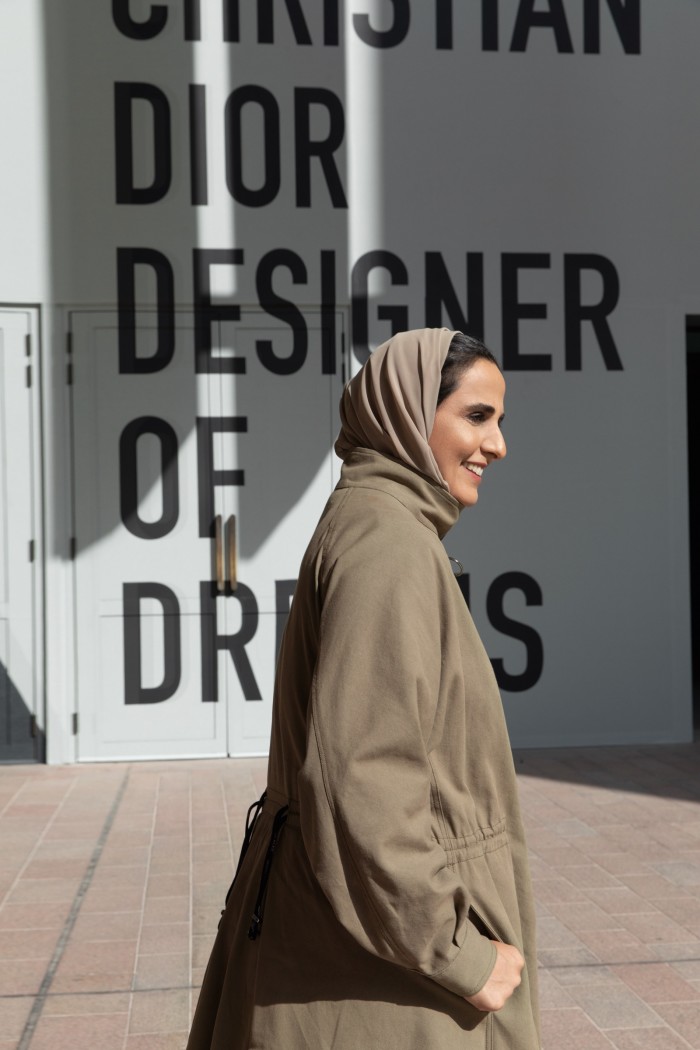
“I really believe it takes a quarter of a century for people to fully feel the impact of any sort of investment,” she continues. “We’ve done 15 years; for the next 10, we’re focusing on the creative economy. We’re trying to nurture that and [make] a community of creators. And you need the foundations; that can’t be artificial or superficial. It has to be organically built.”
“Organically built” is a challenging concept in a country that has only been independent for 50 years. As might be the credibility of a grassroots art, fashion and design scene being manufactured against a strategic timeline. And there are the human rights and ideological issues that are an ongoing reality here, and do little to advance the idea of an open creative environment. Qatar’s laws limiting free speech, restricting migrant workers’ freedoms and prohibiting labour unions attracted global attention in the wake of the 2010 FIFA announcement that Qatar will host the 2022 World Cup. In the face of international pressure, the government has taken some steps to address labour issues, including the introduction of a minimum wage. But freedom of expression is still limited, and self-censorship is widespread; male homosexuality is still criminalised; and the apparent lack of investigative interest in violence against women perseveres.
Well over a million people are expected to descend on the country next November for the World Cup. But is the idea of a genuinely vibrant, authentic creative culture in Qatar something the world will buy into?
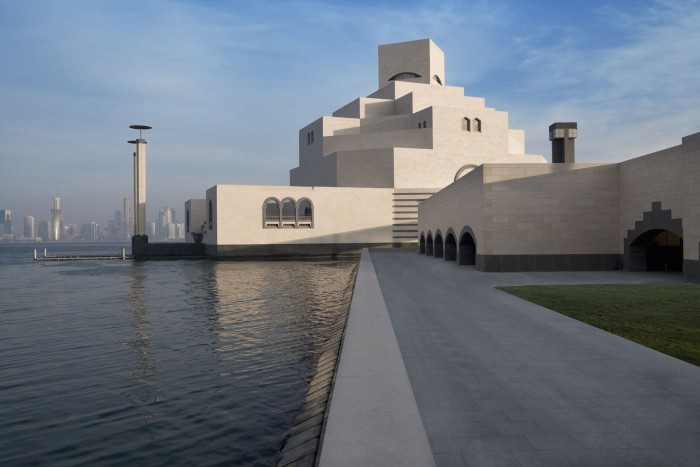
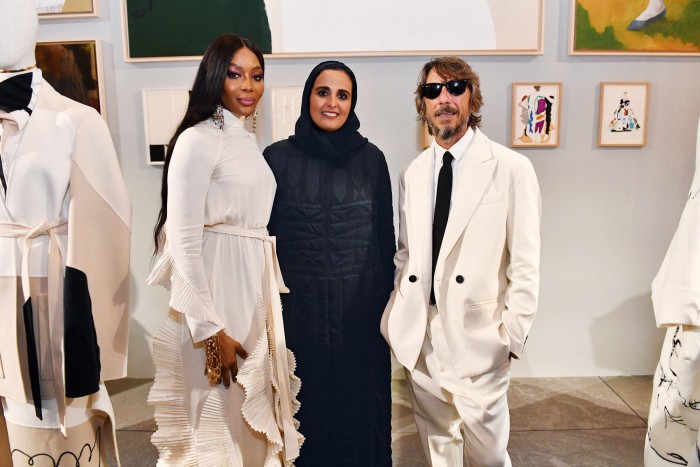
If they don’t, it won’t be for lack of ambition or effort on the ground. Last month, Sheikha Al Mayassa hosted the second live instalment of the #QatarCreates cultural festival (inaugurated in 2019, much of the event was held online in 2020). For four days, amid block-long swaths of frantic construction, I peregrinated across Doha’s West Bay quarter along with dozens of VIPs – designers, curators, artists, editors and journalists, a few models/actors. We strode red carpets, attended panels and talks, and met for suppers at Em Sherif, the famous Lebanese restaurant atop the old Sheraton. We took caravans of 4x4s out to the sere expanse of the Brouq nature reserve to be awestruck by Richard Serra’s East-West/West-East – four steel monoliths, spanning a kilometre of white sand between two rock escarpments, bent almost imperceptibly by the winds. We trailed private guides through the 40,000sq m of exhibition space in the spectacular, surreal Jean Nouvel-designed National Museum.
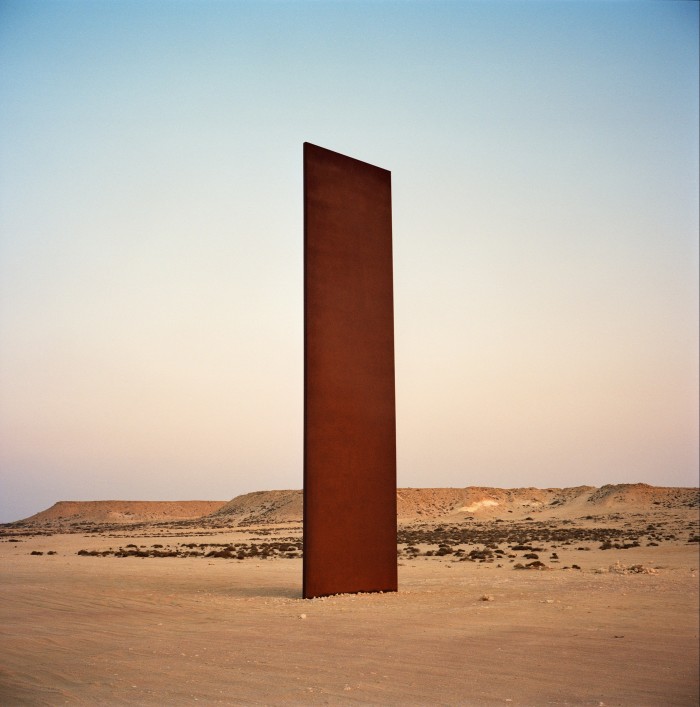
Some had come for the Fashion Trust Arabia awards, which Sheikha Al Mayassa co-chairs with the Lebanese fashion writer Tania Fares. The FTA sees 24 aspiring designers from across the Middle East and north Africa region compete for prize money (as much as $200,000 of it), mentor opportunities and a commercial presence on matchesfashion.com. On an unseasonably sticky evening, we sat at long tables in the National Museum’s courtyard for a black-tie dinner to commemorate the winners, among them the Franco-Sudanese designer Abdel El Tayeb. All night long, the guests – who included photographer Juergen Teller, artist Alex Israel, Natalia Vodianova, Alexa Chung, Carine Roitfeld and Naomi Campbell – table-hopped and posed for pictures with the entrants.
Others were in town for the opening of the exhibitions Virgil Abloh: Figures of Speech or Christian Dior: Designer of Dreams; Abloh, in one of his last public appearances, and Dior artistic director Maria Grazia Chiuri both spoke on panels. (Chiuri noted later in an email that the entire cultural enterprise of the country has been driven by two women: Sheikha Al Mayassa and her mother, Sheikha Moza. “I believe culture, knowledge and training are the best vehicles for growth, awareness and democracy,” she wrote, in what seemed a pointed reference to the diplomatic agency they wield.) The Dior show’s gala opening also inaugurated M7, a new 29,000sq m “epicentre” for entrepreneurship in design, complete with studios, educational programming and a sleek concept store that exclusively features local artisans.
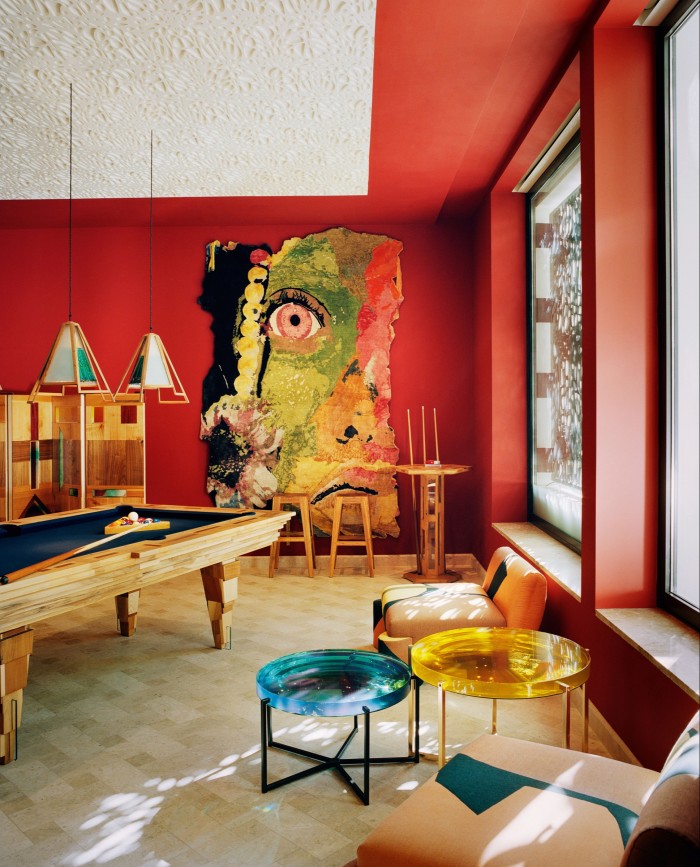

Marquee talent, eye-wateringly expensive showcases; there were moments when it felt hard to spot the grass roots of any of it. But these gestures, too, serve the long-view strategy. “She has always brought the biggest and best names in culture to contribute,” says Phillips co-chairman Jean-Paul Engelen, who was Qatar Museums’ director of public art and exhibition from 2011 to 2015. “But she also always makes sure they engage with the designers and artists and students there in Qatar; she always makes sure there is that exchange happening.”
“Art doesn’t just appear; there’s a process and depth of thinking, and that requires an education,” Sheikha Al Mayassa says. “Also, it’s not simply artists doing beautiful things; those things come from somewhere, they originate in a place. So localising our craftsmanship is really important, even though the designers may aspire to appeal to a global audience. What I think will make them most attractive [to that audience] is the fact they’re authentic, like we saw with the designer Abdel [El Tayeb]. He revisited techniques from Sudanese textiles and straw making; also the patterns and the cuts. It was nostalgia, because he doesn’t live in Sudan; he lives in Italy. But he’s going back to his roots and interpreting what he’s learnt through his own culture. This is what’s really interesting: to bridge the gap between east and west.”
CP Club, the hybrid space where the Sheikha and I met in Doha, was conceived precisely with this goal in mind. Its 14 interconnecting townhouses have been designed by Diane von Furstenberg, India Mahdavi and Milan powerhouse Rossana Orlandi, among others; but there are also the Qatari designers Wadha Al Hajri and Aisha Al-Sowaidi. The central courtyard, wreathed in pink bougainvillea, functions as a common gathering space, and every time I visited, day and evening, it was buzzing. MatchesFashion staged a pop-up boutique in one townhouse. I chatted with CEO Paolo De Cesare as he greeted visitors and mulled over the possibility of establishing a permanent bricks-and-mortar presence à la Matches’ 5 Carlos Place townhouse in Mayfair. Across the way, the cult California-based milliner Nick Fouquet was hosting a trunk show. I spotted Roksanda Ilincic happily snapping pictures of various spaces. Young Qataris – members who come to work and socialise, listen to talks, see art or just drink tea in the ornately decorated majlis – circulated throughout.
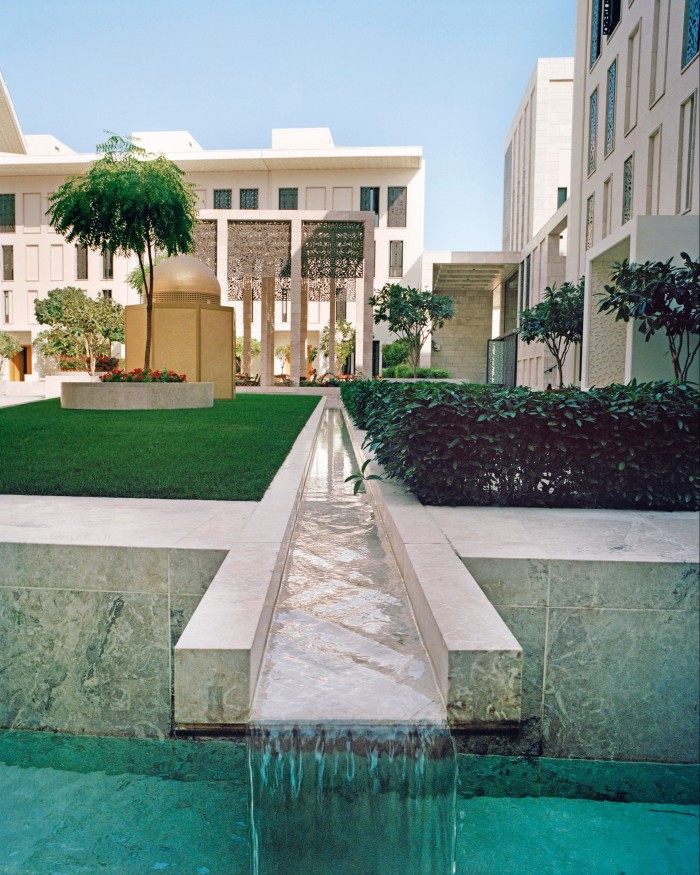

Sheikha Al Mayassa tapped Whitney Robinson, a former editor-in-chief of US Elle Decor (and a classmate of hers at Duke University) to curate the CP Club project, entrusting him with making an atmosphere that is inclusive, current, and cool. “Qatar Museums doesn’t act like a museum organisation; it’s much more like a national endowment for the arts, or a national trust,” he says. “By that definition, almost anything can come under its aegis.” CP Club fits because it’s conceived to put local and regional artists, designers, architects, chefs and filmmakers into contact with their international counterparts – and with each other.
Where things get really interesting, Robinson says, is with the development of Qatar Museums’ heritage sites across the country: abandoned camel and fishing villages, schools, an old police station, all to be “activated” in ways people might not expect. At Al Jemail, one such village on Qatar’s north coast, the restoration is being overseen by India Mahdavi roughly along the Italian preservationist albergo diffuso model. The plans include clever accommodation – a bedroom in a house here, the breakfast room in another house there, a shared sitting room in a third – and there will be a fish restaurant staffed by local fishermen. Variations on this model will be elaborated across the other sites.

Sustainability is built in, not just at the restoration level but also the operational one. “We want to involve the tribes in the local communities” in all aspects of this project, Sheikha Al Mayassa tells me. “We’ve identified several families that live there, and we’re doing workshops with them. We want people to have a sense of what it was like to live there, but in, let’s say, a contemporised setting.”
Back in Doha, a few minutes’ drive from CP Club – but miles away on the glamour spectrum – is Liwan, a hub of studios for emerging designers. Liwan is housed in the oldest girls’ school in Qatar, a two-storey 1950s building that had stood empty since 2005. In satisfying contrast to the slick cultural skyline, a very Accidentally Wes Anderson renovation is being effected here. Walls are painted avocado green; the original work table and chairs – varnish peeling, embellished with generations of carved initials – still populate the classrooms-turned-studios; in the library, vintage scholastic texts line the shelves and putty-hued terrazzo is underfoot. Its director and designer, Aisha Al Sowaidi, shows me a bathroom clad in blush-pink tiles inspired by vintage 1970s designs. “The boys’ room,” she specifies, then grins. “Because we can.”
Liwan, says Al Sowaidi, is an accessible and casual alternative to CP Club (where she created one of the townhouses) or M7 (where the Dior show is installed). “Liwan is for exploration. It’s a place to start with design, to discover your direction.” There are prototype labs with 3D printers; there is a clay studio, with potters’ wheels and kilns; there are a photography studio and darkroom. Upstairs are offices for QM’s heritage projects, which Liwan members – who pay about $300 a year – can visit, learn about, and in some cases participate in. All they have to be is based in the country.
When I tell the Sheikha I visited, and loved, Liwan, she smiles widely. “I’m so glad you like it, because right now it’s my favourite project.” It’s a surprising comment from Qatar’s monument builder-in-chief. But Sheikha Al Mayassa now has an expanded legacy in her sights, and a reclaimed schoolhouse feels like the right place for it.
Maria Shollenbarger travelled as a guest of #QatarCreates/Qatar Museums
Comments